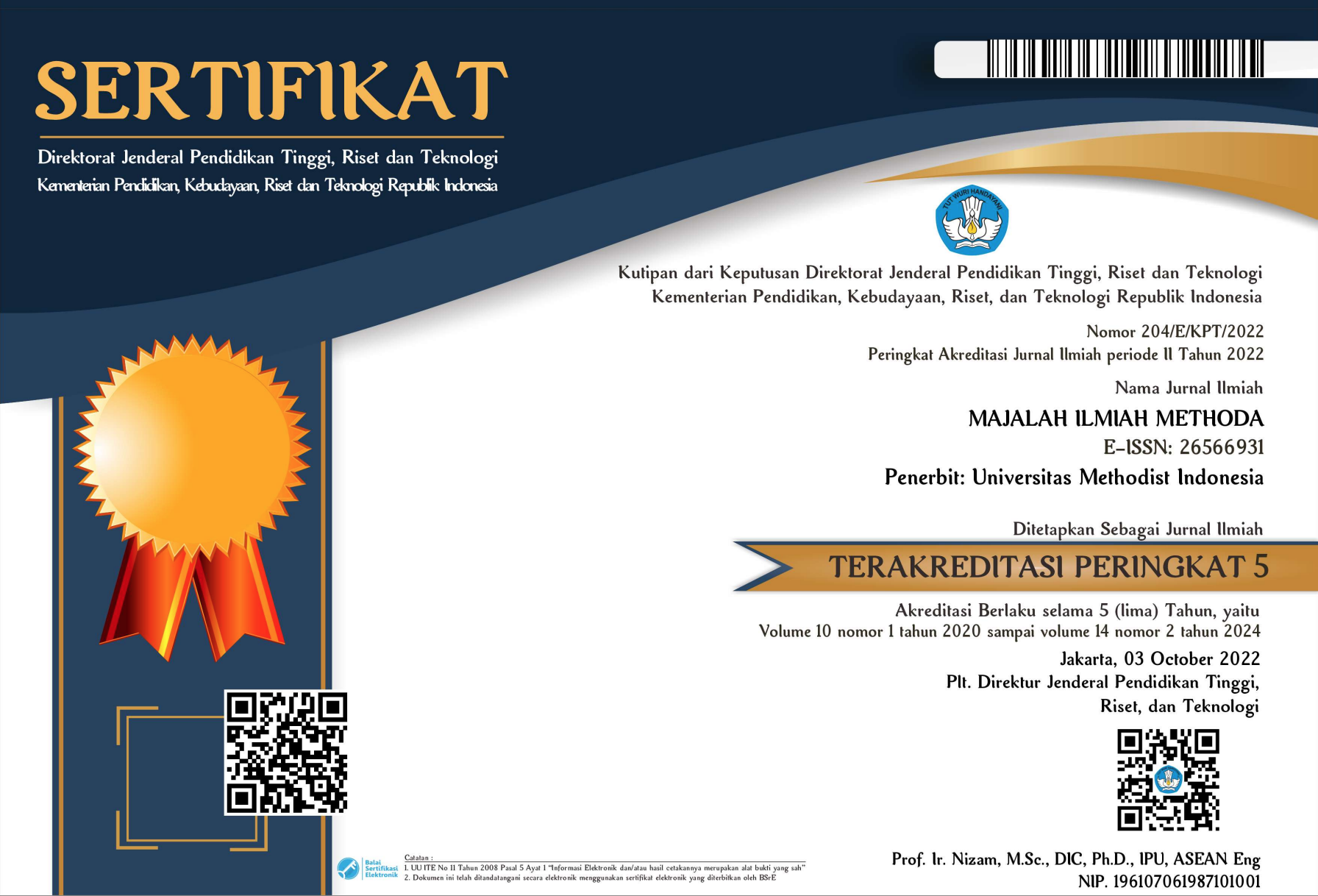MENILAI KUANTITAS FESES YANG DIHASILKAN OLEH TIGA CETAKAN KHUSUS PEWARNAAN TEBAL KATO-KATZ YANG DIGUNAKAN PADA BERBAGAI PENGATURAN
Keywords:
Kato-Katz Technique, Diagnosis, Templates, Stool Quantities, Helminth InfectionsAbstract
The Kato-Katz technique is recommended for the diagnosis of helminth infections in epidemiological surveys, drug efficacy studies, and monitoring of control interventions. Leuenberger etc. were conducting a research to assess the comparability of the average amount of faeces generated by three Kato-Katz templates included in test kits from two different providers. Nine hundred Kato-Katz thick smear preparations were done; 300 per kit. Empty slides, slides plus Kato-Katz template filled with stool and slides plus stool after careful removal of the template were weighed to the nearest 0.1 mg. The average amount of stool that was generated on the slide was calculated for each template, stratified by standard categories of stool consistency (i.e. mushy, soft, sausage-shaped, hard, and clumpy). The average amount of stool generated on slides was 40.7 mg (95% confidence interval CI: 40.0 – 41.4 mg), 40.3 mg (95% CI: 39.7 – 40.9 mg) and 42.8 mg (95% CI: 42.2 – 43.3 mg) for the standard Vestergaard Frandsen template, and two different templates from the Chinese Center for Disease Control and Prevention (China CDC), respectively. Mushy stool resulted in considerably lower average weights when the Vestergaard Frandsen (37.0 mg; 95% CI: 34.9 – 39.0 mg) or new China CDC templates (37.4 mg; 95% CI: 35.9 – 38.9 mg) were used, compared to the old China CDC template (42.2 mg; 95% CI: 40.7 – 43.7 mg) and compared to other stool consistency categories. The average amount of stool generated by three specific Kato-Katz templates was similar (40.3 – 42.8 mg). Since the multiplication factor is somewhat arbitrary and small changes only have little effect on infection intensity categories, Leuenberger etc. suggested that the standard multiplication factor of 24 should be kept for the calculation of eggs per gram of faeces for all investigated templates.










